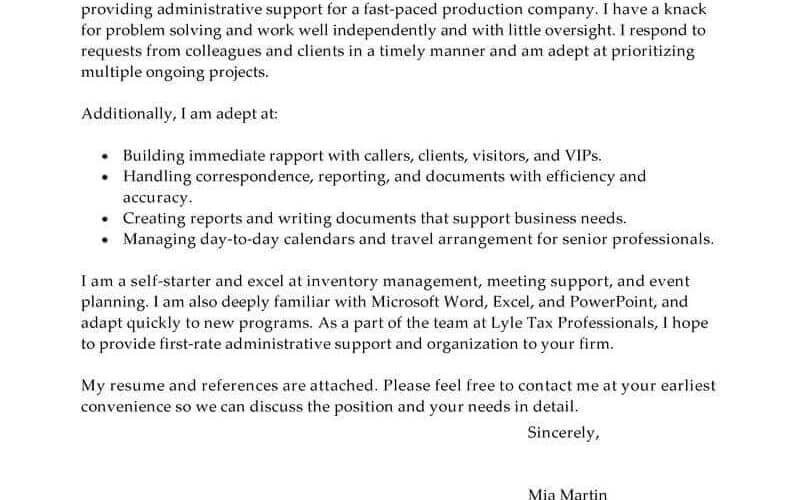Writing a proper cover letter for your resume can seem like an overwhelming task. Meant to introduce you to the interviewer, the cover letter creates the all-important first impression.
Unless specifically indicated to the contrary, every resume you send out should have a cover letter attached. A well thought out and keenly-written cover letter can be the difference between getting the job and having your resume tossed into the heap with the other never to be looked at applicants.
Job hunting competition can be fierce, with some interviewers reporting receiving over 1,000 resumes for a single position. The cover letter is most often your fist contact with a prospective employer, so the cover letter must compliment the fact-oriented resume, while adding a personal touch that will show the interviewer you are a quality prospect, and not just another stack of papers.
Contents
Purpose
The cover letter in meant to put your resume in context, to provoke interest and make the employer want to read your resume. The cover letter must be tailored to each specific position, situation and employer; Never, under any circumstances, send out a generic form letter. Form letters look like form letters, and show you put no thought or effort into the process; not the impression you want to make on a prospective employer. However, some basic dos and don’ts apply to all cover letters.
- Whether submitting your application via email or regular mail, always follow the employer’s submission instructions precisely.
- Never duplicate the information presented in the resume.
- Format the letter in the same manner as the resume
- Typeset both documents identically and neatly
- Proofread for typos, grammatical errors and inconsistencies with the resume
Types of Cover Letters
There are three main types of cover letters, and each letter must be matched to its specific purpose.
- Application cover letter in response to a job posting
- Prospecting cover letter designed to inquire about potential positions
- Networking cover letter requesting information to help gather information for your employment search
Research
Before you begin writing, do your homework. Research the company and look over their Web site, if available. Review the company’s mission statement and anything else that will provide you with insight into the company and the type of employees they seek to hire. Do an Internet search for the company and look for any information that may not be listed on the company’s own Web site. When looking over the company’s Web site, focus on the “About Us” page. Create a list of the company’s products, services and target markets to see how to you can incorporate them into your letter. Search for press releases that will provide you with information on any new ventures and actives the company has recently completed or may be planning – including upcoming changes. Look for information about the firm’s competition that can help address potential marketing strategies. Search for information about the job description or profile for which you are applying that may not have been included in the job listing. Finally, search professional database, such as Dunn and Bradstreet, and look for “inside information on company blogs.
Addressing the Cover Letter
Don’t be familiar. Use a formal salutation with the contact person or hiring manager last name, such as “Dear Mr. Smith:” If the contact name is non-gender specific, such as Jordan Jones, use both the first and last name or first initial and last name, such as “Dear J. Jones:” If the contact person or hiring manager’s name is not available, you can leave the salutation blank and begin with the first paragraph, or use a common generic salutation such as:
- Dear Hiring Manager
- To whom it may concern
- Dear Sir/Madam
Body
When writing a proper cover letter, the letter should be broken down into three paragraphs. Use the first paragraph of the cover letter to briefly highlight why you are applying for the position and how the skills and abilities put forth in the resume relate to the position you are applying for.
In the second paragraph, outline your responsibilities with previous employers and potions that qualify you for the position you are applying for. Draw attention to any relevant skills or qualifications you may have that may not be readily apparent from reading your resume.
In the final paragraph, ask the interviewer to contact you if they require any additional information in reference to your qualifications. Close by telling the interviewer you look forward to hearing from them and thank them for their time.
Format, Paper and Printing
Use a block-style format for the cover letter (and resume). If you are uncertain about the formatting, use a cover letter template, available with most word process programs. Use a simple and easy to read font, such as Times new Roman, and print you letter on clean white paper — and no matter how nice your penmanship, never write a cover letter by hand.
You Tube: Tips to Write an Effective Cover Letter for a Job
Further Reading
Virginia Tech: Cover Letters: Types and Samples
Monster Jobs: Cover Letter Samples
<>



